Join the fight against Breast Cancer: Education and Awareness Key for Women
 Post written by Catherine Rice, VP of Marketing and Outreach
Post written by Catherine Rice, VP of Marketing and Outreach
Breast cancer is the second most common cancer in women after skin cancer.
About one in eight women born today in the United States will get breast cancer at some point.
The good news is that many women can survive breast cancer if it’s found and treated early. A mammogram – the screening test for breast cancer – can help find breast cancer early when it’s easier to treat.
This October, Health Partnership Clinic (HPC) is proud to participate in National Breast Cancer Awareness Month to help raise awareness about the importance of early detection of breast cancer.
 HPC will host a Think Pink Day on Wednesday, Oct. 17, 2018 (click here for more information) at their Olathe campus, 407 S. Claiborne Rd., Olathe, Kan. for women age 45-64 who haven’t had a mammogram in more than a year.
HPC will host a Think Pink Day on Wednesday, Oct. 17, 2018 (click here for more information) at their Olathe campus, 407 S. Claiborne Rd., Olathe, Kan. for women age 45-64 who haven’t had a mammogram in more than a year.
The event will run from 8 a.m. to 4 p.m. Women are encouraged to call 913-648-2266 for an appointment, however, walk-Ins are welcome.
Breast health information will be available at all clinic sites, and staff are invited to wear pink on Fridays. Staff may also participate in a crossword puzzle and word search contests.
At the Olathe location, patients are invited to enter their name into a door prize drawing. One winner will be drawn on Oct. 31.
Participants will receive a clinical breast exam, enroll in Early Detection Works (EDW), schedule a mammogram appointment, learn more about breast health and enjoy refreshments. Patients and staff are encouraged to wear pink!
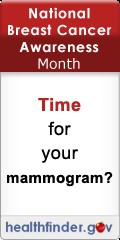 HPC providers offer the following advice to women:
HPC providers offer the following advice to women:
- If you are a woman age 40 to 49, talk with your provider about when to start getting mammograms and how often to get them.
- If you are a woman age 50 to 74, be sure to get a mammogram every two years. You may also choose to get them more often.
- Talk to a provider about your risk for breast cancer, especially if a close family member of yours had breast or ovarian cancer. Your provider can help you decide when and how often to get mammograms.
Resources:
National Breast and Cervical Cancer Early Detection Program (NBCCEDP)
The Centers for Disease Control and Prevention (CDC) provides access to breast cancer screening services to underserved women in all 50 states, the District of Columbia, 5 U.S. territories, and 12 tribal organizations. Learn more at https://www.cdc.gov/cancer/breast/.
National Cancer Institute
Information about free or low-cost mammogram screening programs is available through NCI’s Cancer Information Service at 1-800-422-6237.
The American Cancer Society provides lists of resources where you can receive a free or low-cost mammogram based on your location. When you go to their website, Cancer.org, look for the blue “My ACS” in the top right corner.
When you click on that, you can enter your zip code. Scroll down to the Local Resources section and click on Health Care and Screenings. You can search these resources for free or low-cost mammogram screenings in your area. Learn more at https://www.cancer.org/.
The National Breast Cancer Foundation
The National Breast Cancer Foundation was founded in 1991 by breast cancer survivor, Janelle Hail. NBCF continues to grow every year to help more and more women around the world by educating them about breast cancer and providing free mammograms to women in need. Visit https://www.nationalbreastcancer.org.
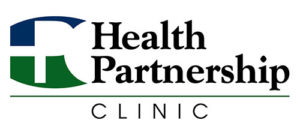
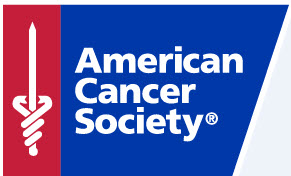
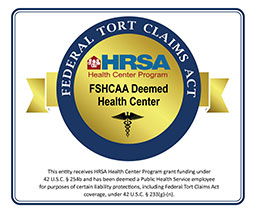
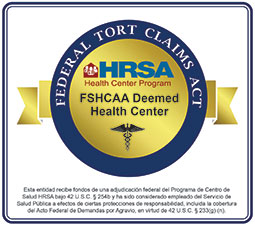
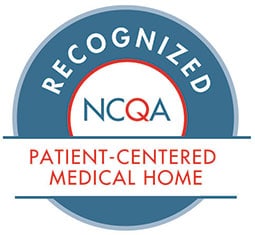
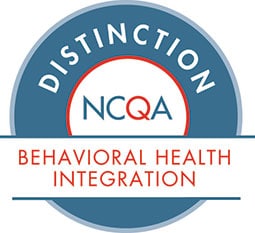

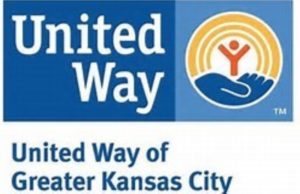
I’m glad you pointed out that we should get a mammogram every two years if we’re between the ages of 50 and 74. I have a friend from my church who was recently diagnosed with breast cancer, and it’s motivated me to take the initiative with my own preventative health care. I’ll definitely take your advice and make sure I get a mammogram at least every 2 years!